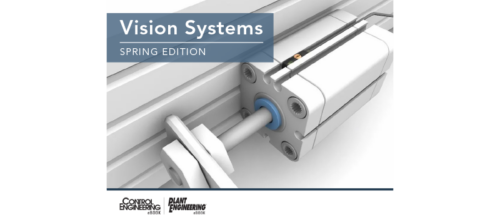Proximity, displacement sensors driven by production efficiency; emerging economies
Palo Alto, CA– Economic growth in emerging economies plus the pursuit of production efficiency should drive future growth in the world proximity and displacement sensors market according to a new analysis from Frost & Sullivan. World Proximity and Displacement Sensors Market reports that the market earned revenues of $2.26 billion in 2006 and forecasts a figure of $3.07 billion by 2013.
Palo Alto, CA – Economic growth in emerging economies plus the pursuit of production efficiency should drive future growth in the world proximity and displacement sensors market according to a new analysis from
Frost & Sullivan
.
World Proximity and Displacement Sensors Market
study reports that the companies selling those products earned revenues of $2.26 billion in 2006 and forecasts a figure of $3.07 billion by 2013.
Increasing price pressure challenges market participants and necessitates a focus on product differentiation strategies and complete solution offerings. Market success will rely on customer service and product distribution.
“The need for improved production efficiency in verticals such as process industries, automotive manufacturing, and industrial applications, is expected to be the key driver for the proximity and displacement sensors market,” said Frost & Sullivan senior research analyst Prashanth V.“Sensor solutions are crucial for achieving production efficiency and eliminating unnecessary costs in the manufacturing process. This is imperative in a global economy where customers are insisting on zero-effect products at very low prices.”
Pollution control and worker safety concerns have led to government regulations, which have had a positive impact on the proximity and displacement sensors market. An efficient sensor solution system can improve energy efficiency and reduce process variation. The regulations are expected to have a strong impact in Europe and North America.
The presence of many manufacturers and the lack of technology differentiation forces participants to compete as commodity manufacturers. This, in conjunction with the entry of cheaper sensors from countries such as China, especially in low-cost sensor areas, has a negative impact on profit margins and overall market revenue. “Pricing pressure will intensify toward the latter stages of the forecast period as low-cost manufacturers improve techniques and introduce better products,” said Prashanth. “Economic weakness in Western Europe and the lack of technology innovation in certain segments represent the other major challenges seen in the market.”
Control Engineering offers
Product Research on Proximity Sensors
, explaining “No matter what they are called—discrete sensors, position sensors, or proximity sensors—they are a mainstay in the factory automation arsenal. They serve in all areas of manufacturing including continuous processing, batch processing, utilities, and discrete products.”
Control Engineering News Desk( Register here and scroll down to select your choice of eNewsletters free .)
Do you have experience and expertise with the topics mentioned in this content? You should consider contributing to our CFE Media editorial team and getting the recognition you and your company deserve. Click here to start this process.


